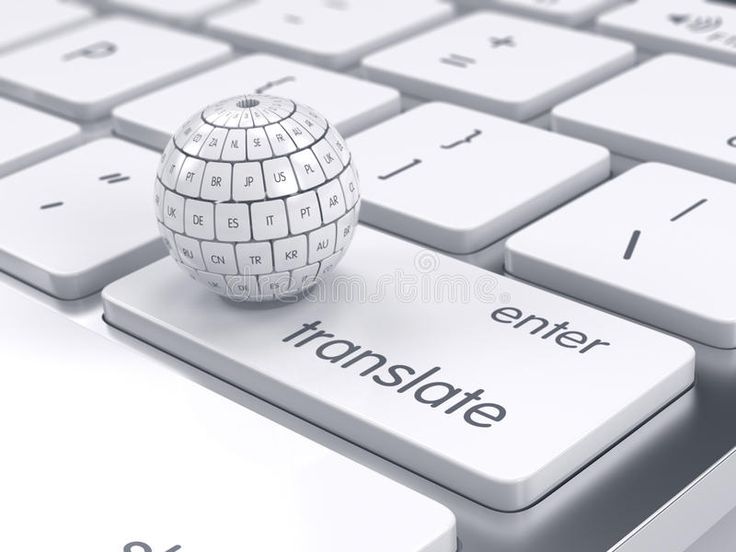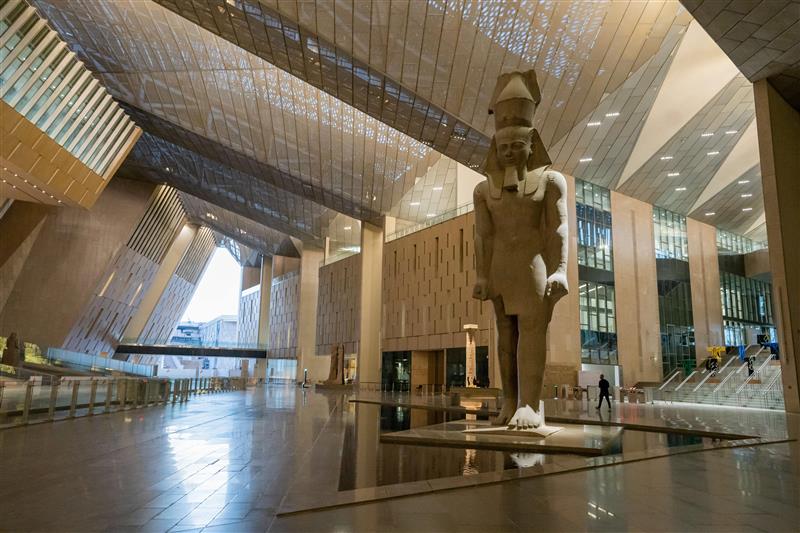Translation Course for Arabic Learners: Step-by-Step to Fluency

Are you an Arabic learner who dreams of mastering both the language and the art of translation? Whether you’re a student, a professional, or a passionate language enthusiast, enrolling in a translation course is one of the most effective ways to achieve fluency and build your confidence in Arabic. In this comprehensive guide, we’ll walk you through the benefits, stages, and structure of a good translation course, and we’ll introduce you to one of the best platforms that can take your Arabic to the next level—Al Arabiya Institute, your trusted partner in learning Arabic online.
Why Take a Translation Course as an Arabic Learner?
Learning Arabic on its own is already a rewarding challenge. But if you want to go a step further and learn how to translate between Arabic and your native language (like English), you need a structured translation course.
Here’s why a translation course is a powerful tool for Arabic learners:
-
Deepens Understanding of Arabic Grammar and Vocabulary: Translating texts helps learners internalize grammar rules and expand their vocabulary.
-
Bridges Language and Culture: Translation helps you appreciate cultural nuances and idiomatic expressions in Arabic.
-
Boosts Confidence in Reading and Writing: Regular translation practice sharpens both your writing and comprehension skills.
-
Improves Career Opportunities: A translation course equips you with a practical skill that can open doors in journalism, diplomacy, humanitarian work, and Islamic studies.
If your goal is to reach a level where you can understand Arabic media, religious texts, or engage in professional translation, then a translation course is your roadmap to success.
What Makes a Good Arabic Translation Course?
Not all translation courses are the same. A high-quality translation course should be:
1. Level-Based
A beginner should never be thrown into complex texts. A good course starts with simple sentences and gradually introduces more complexity. Al Arabiya Institute’s courses follow a structured, level-based system suitable for beginners, intermediate, and advanced learners.
2. Contextual and Thematic
Translation should be based on themes—media, Islamic texts, modern conversations, historical texts, etc.—so learners can build vocabulary in different domains.
3. Combines Theory and Practice
A proper translation course explains translation theory (such as literal vs. contextual translation) while providing extensive practical exercises.
4. Taught by Native and Experienced Instructors
An experienced instructor understands common mistakes made by non-native speakers and offers solutions. At Al Arabiya Institute, all instructors are native Arabic speakers with years of experience teaching Arabic to non-Arabic speakers, including diplomats, students, journalists, and professionals.
5. Offers Continuous Feedback
Translation is not just about guessing the meaning—it’s about precision. Constructive feedback from teachers is essential, and that’s exactly what you’ll receive in a professional translation course at Al Arabiya Institute.
Step-by-Step Guide to Fluency Through a Translation Course
Here is a roadmap to how a structured translation course can lead you from basic comprehension to professional-level fluency:
Step 1: Solidify Your Basics
Before diving into translation, make sure you have a good grasp of basic Arabic grammar, sentence structures, and frequently used vocabulary. If you’re not confident yet, start with foundational Arabic courses offered at Al Arabiya Institute—known for quality education and flexible online classes with the best prices and free trial lessons.
Step 2: Begin with Simple Texts
Start translating short and simple texts like basic conversations, news headlines, or short stories. Focus on literal translation at this stage and observe how sentence structure differs between Arabic and your native language.
You’ll be surprised how much you learn by simply converting short phrases and reviewing corrections from your instructor.
Step 3: Build Vocabulary by Topic
Choose specific topics each week—religion, media, politics, education, or business—and build your vocabulary around those themes. This is exactly how translation courses at Al Arabiya Institute are structured: through topic-based modules that mirror real-life contexts.
Step 4: Move to Intermediate and Complex Texts
At this stage, you’ll start translating more complex paragraphs and learning to distinguish between literal and contextual meanings. You’ll also begin handling idioms, metaphors, and grammatical challenges unique to Arabic.
Your instructor at Al Arabiya Institute will guide you through these texts and explain the nuances that are often missed in self-study.
Step 5: Learn Islamic and Classical Arabic Translation (Optional)
If your goal includes translating Islamic texts, a good translation course will introduce you to classical Arabic and the unique style of religious and scholarly works. At Al Arabiya Institute, special courses are available for students interested in Qur’anic Arabic, Fiqh, and Hadith translation.
Step 6: Translate in Both Directions
A common mistake is focusing only on Arabic-to-English translation. But to become truly fluent, you need to also translate English into Arabic. This reinforces grammar, sentence structure, and vocabulary recall.
Professional courses at Al Arabiya Institute include both directions to ensure well-rounded language development.
Step 7: Practice Real-World Translation Projects
By the advanced stage, you should be working on real translation tasks—news articles, interviews, Islamic texts, or even subtitles. These projects allow you to apply everything you’ve learned and build a portfolio if you’re considering a professional career.
What Makes Al Arabiya Institute the Best Place for Translation Courses?
Choosing the right platform for your translation course can make all the difference. Here’s why Al Arabiya Institute stands out:
-
✅ Highly Experienced Teachers: Over 14 years of experience in teaching Arabic to thousands of students around the world.
-
✅ Tailored Courses: Courses designed specifically for non-Arabic speakers, including diplomats, students of knowledge, and journalists.
-
✅ Affordable Pricing: Among the most competitive prices in the market.
-
✅ Free Trial Lessons: Try before you commit—no pressure!
-
✅ Islamic and Modern Arabic Options: Whether you’re interested in religious texts or modern media, we’ve got you covered.
-
✅ One-on-One and Group Classes: Flexible options to suit your schedule and learning style.
With a deep focus on student success and a proven teaching methodology, Al Arabiya Institute is one of the top choices globally for anyone looking for a reliable, effective translation course.
Who Can Benefit from a Translation Course?
A translation course is ideal for:
-
Students pursuing Arabic or Islamic studies
-
Professionals working in international or humanitarian fields
-
Tulaab al-‘Ilm (Students of knowledge) wanting to access Arabic texts directly
-
Anyone looking to improve fluency and deepen their Arabic skills
No matter your background or goals, a structured translation course can accelerate your learning journey.
Conclusion: Begin Your Journey Today
Translation is not just about changing words—it’s about bridging cultures, connecting ideas, and unlocking deep understanding. If you’re learning Arabic and want to elevate your skills, enrolling in a professional translation course is a smart and transformative step.
Al Arabiya Institute offers some of the best online courses tailored to your goals, with experienced teachers, affordable prices, and a free trial lesson to get you started.
👉 Visit learning-arabic.com today to explore our translation course options and take the next big step in your Arabic learning journey.
👉 Book your free trial lesson now!







